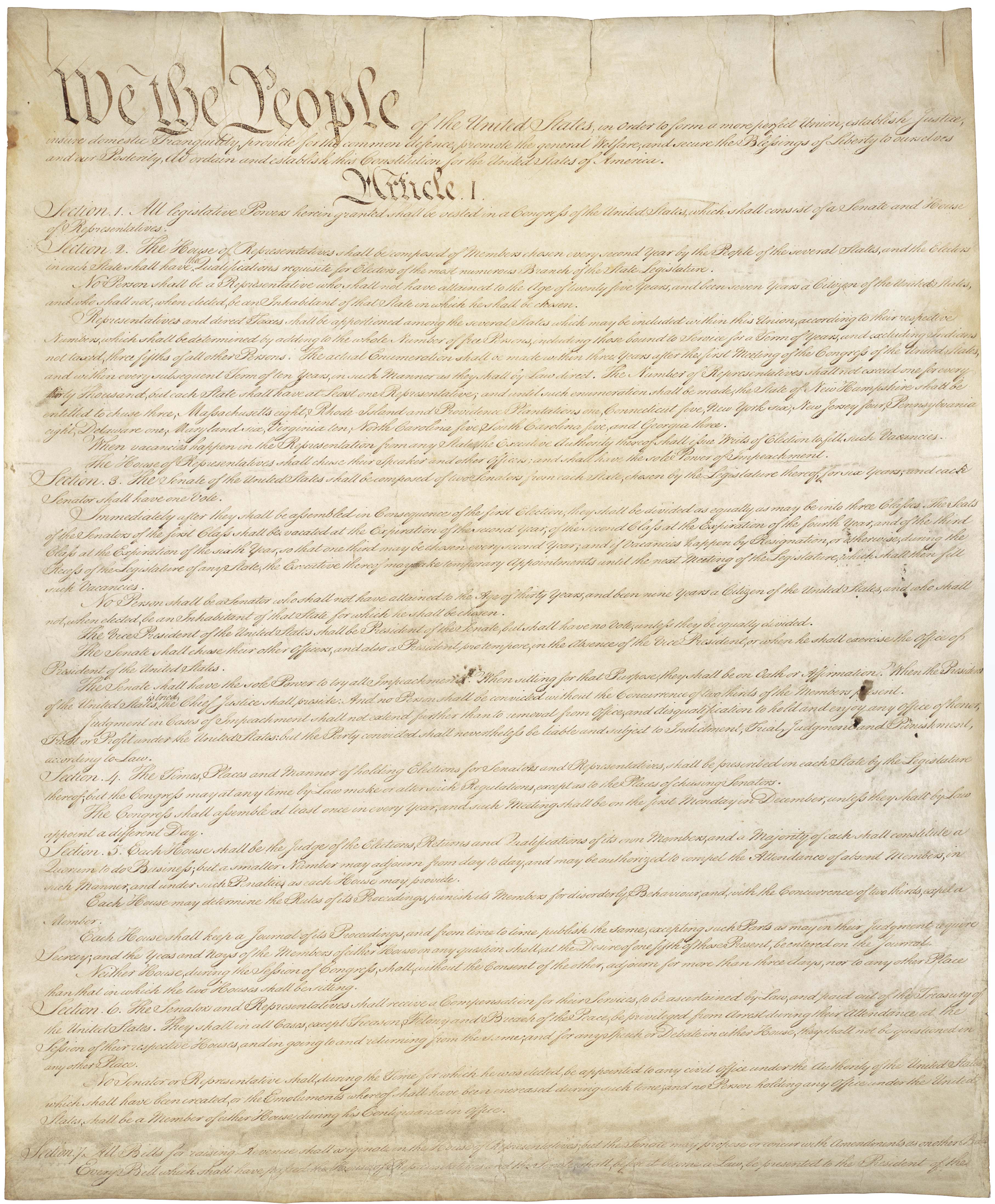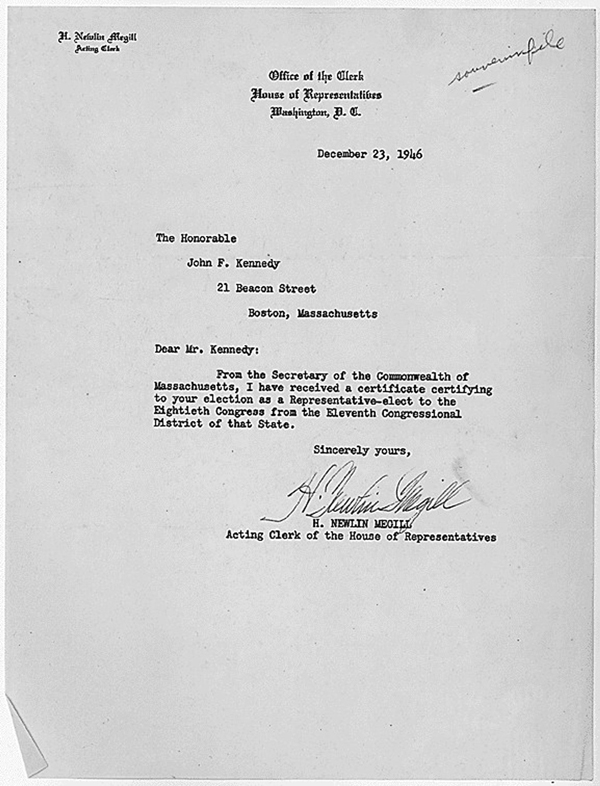
Constitution Workshop
What does the light bulb have to do with the U.S. Constitution? Or the board game "Monopoly"? How about the letter you wrote to the President when you were in elementary school? The answer to all three questions is: Plenty! – if you know your Constitution.
Our Constitution workshop is available as an online or on-paper activity. In both versions, students will analyze primary source documents, then establish each document's constitutional relevance.
"The Constitution at Work" Online Activity
Constitution Workshop for Print
Instructions
Prior to conducting this activity with your students, introduce them to the Constitution, and share or display the four pages of the Constitution for students to examine in advance of the workshop. Review the Federal period and the vocabulary list provided.
Divide the class into four groups (corresponding to the four pages of the Constitution), and distribute the following to each group:
- a copy of one of the four pages of the Constitution
- the corresponding transcription of their page of the Constitution
- corresponding documents (The number of documents you distribute to each group is up to you. When deciding, consider how much class time you have as well as your students’ reading abilities.)
- document analysis worksheets
Provide student groups with approximately 20 minutes to read their page of the Constitution and analyze their primary source documents (using the aid of their document analysis worksheets). Ask group members to discuss with one another how their document relates to particular article(s) and section(s) of their page of the Constitution. During this activity, circulate among your students, encouraging them to question their documents thoroughly, and provide assistance in interpreting the Constitution, where needed.
Next, invite one or two representatives from each group to describe their documents to the rest of the class, and then quote from the particular articles and sections of the Constitution that relate to the documents.
For example, group one might be given page 1 of the Constitution and a census schedule. After describing the types of information the schedule records, they should conclude that the census schedule relates to Article I, Section 2 of the Constitution because it is a method for obtaining an "actual enumeration" of the population.
Documents and Transcriptions
 Materials created by the National Archives and Records Administration are in the public domain.
Materials created by the National Archives and Records Administration are in the public domain.
PDF files require the free Adobe Reader.
More information on Adobe Acrobat PDF files is available on our Accessibility page.























